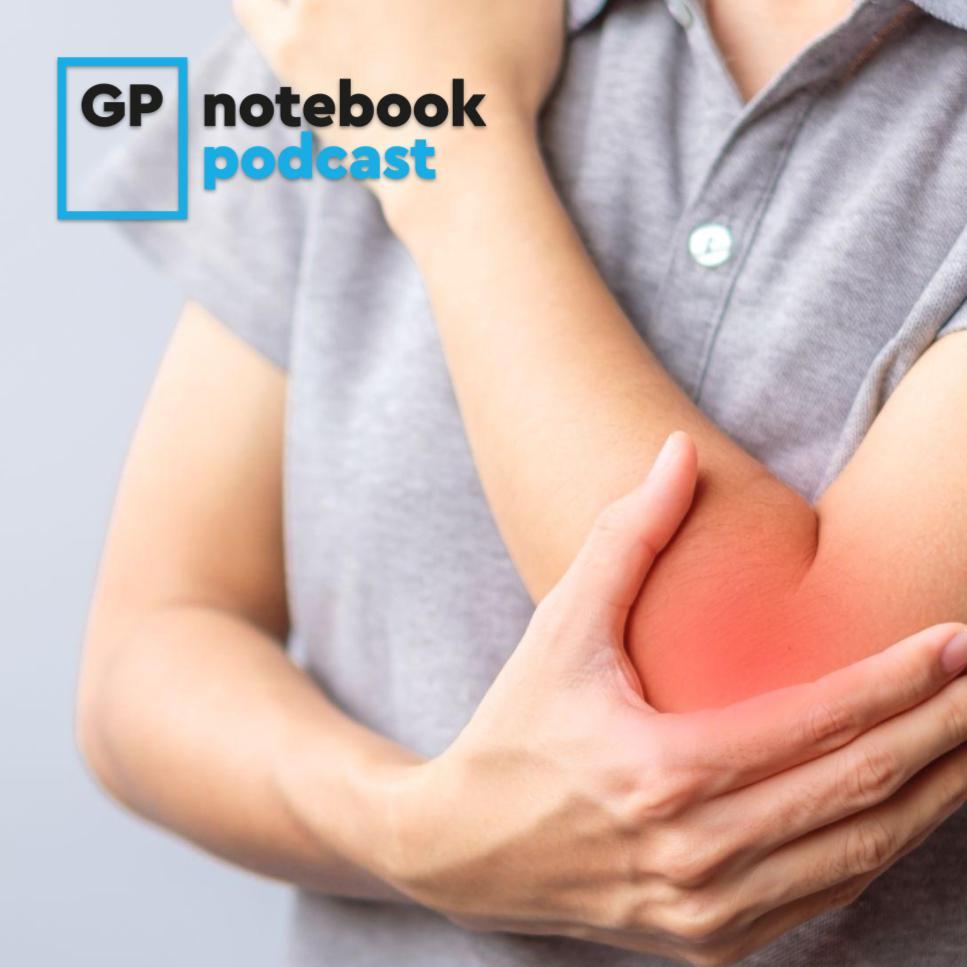In this episode, Dr Roger Henderson discusses an approach to the assessment of epicondylitis. Elbow epicondylitis is more common than is often thought and can cause significant pain and movement restriction. There can also be a number of possible differential diagnoses that need to be considered. This podcast episode looks at how to diagnose both tennis elbow and golfer’s elbow, what clinical tests to use, the best management and when to consider referral to secondary care.
Key references and resources:
- NICE CKS. 2020. https://cks.nice.org.uk/topics/tennis-elbow/
- NHS. 2020. https://www.nhs.uk/conditions/tennis-elbow/
- BMJ Best Practice. 2022. https://bestpractice.bmj.com/topics/en-gb/978
Key take-home points:
- Tennis elbow (lateral epicondylitis) and golfer’s elbow (medial epicondylitis) are overload tendon injuries.
- They typically occur after minor trauma to the proximal insertions of the extensor or flexor forearm muscles.
- Up to 3% of the population can be affected with a peak incidence in middle age. Men and women are equally affected.
- Tennis elbow is about 6 to 7 times more common than golfer’s elbow; however, tennis is not the cause in most cases.
- The mechanism of injury is typically micro-tears caused by repetitive overuse of the extensor carpi radialis brevis and the common extensor tendon, such as repetitive lifting, heavy tool use and unaccustomed activity involving the elbow and forearm.
- Symptoms of tennis elbow typically occur gradually and usually (but not always) affect the dominant arm. Elbow movements are normal.
- Clinical tests include Tinel’s sign, Mills’ test and Cozen’s test.
- Further investigations are not usually required unless the diagnosis is unclear.
- The management of both types of epicondylitis is similar; this includes rest and activity restriction, the use of heat or ice, use of orthosis and analgesia.
- Steroid injections should not be offered routinely.
- Refer to secondary care if there is no response to treatment after 6 months, or if there is severe pain or impairment of arm function.
Create an account to add page annotations
Add information to this page that would be handy to have on hand during a consultation, such as a web address or phone number. This information will always be displayed when you visit this page
